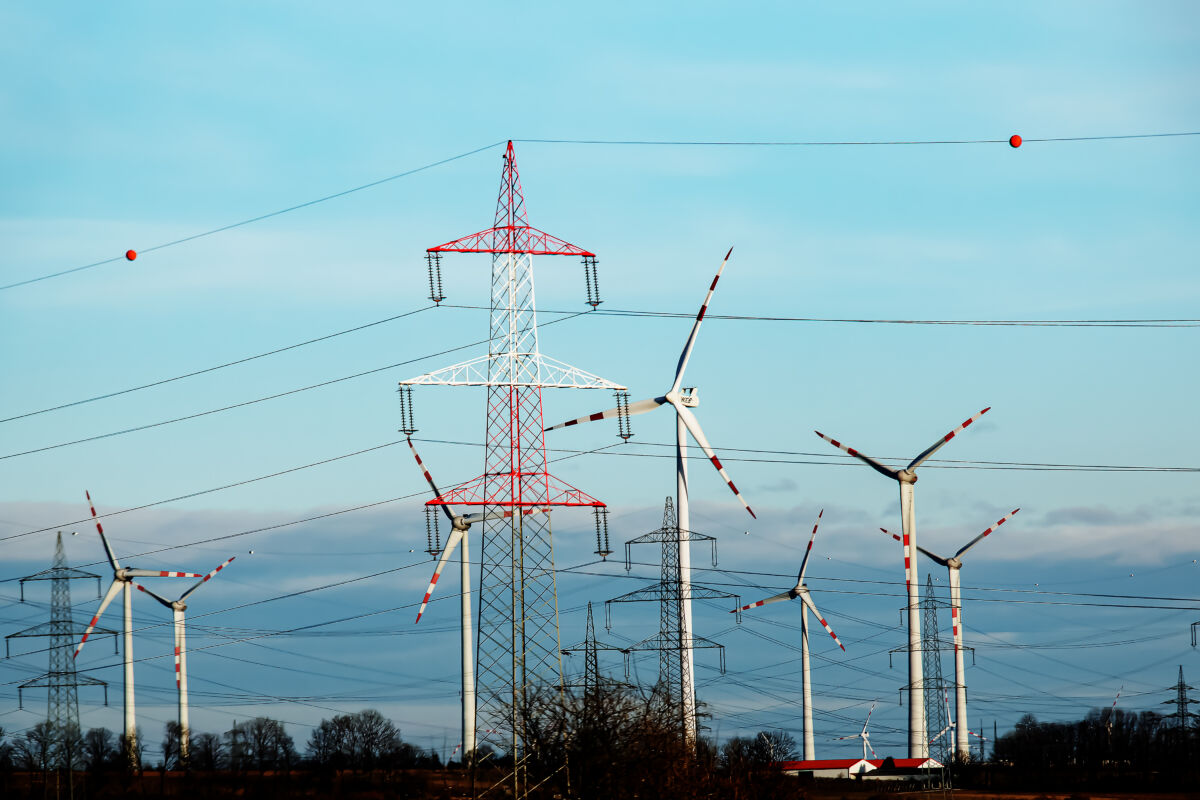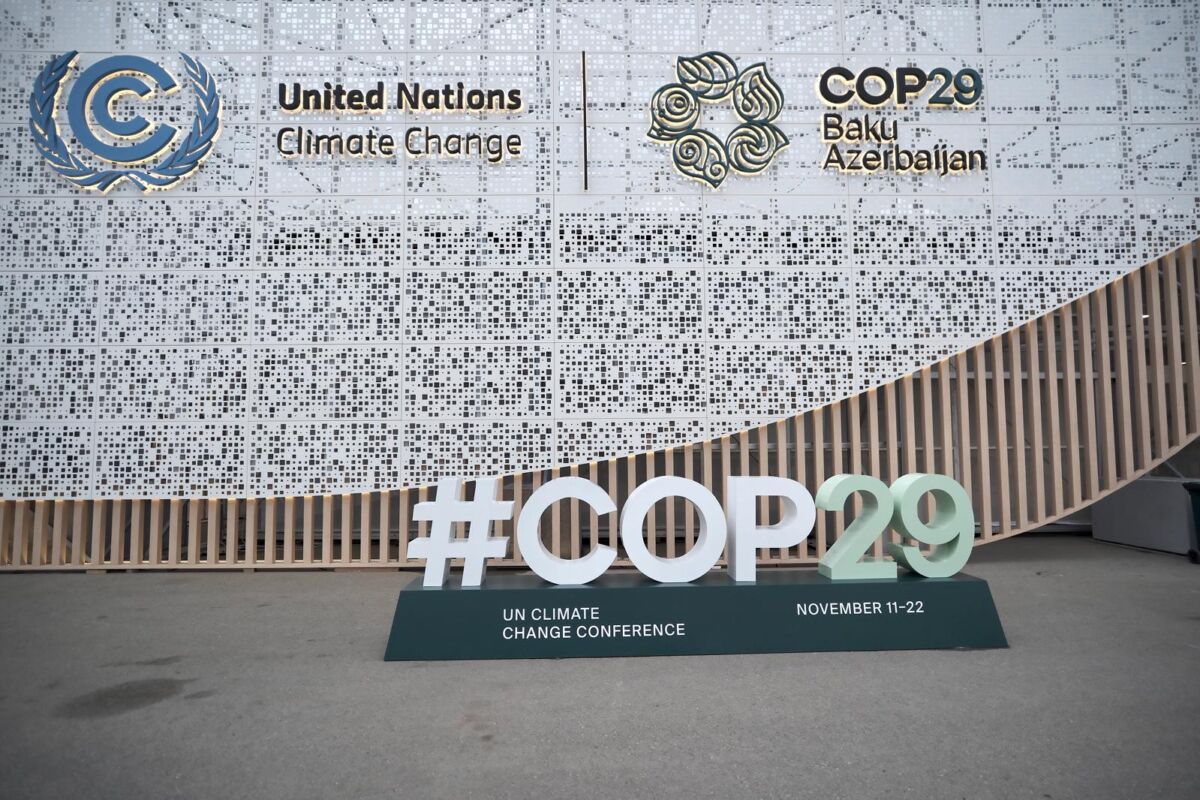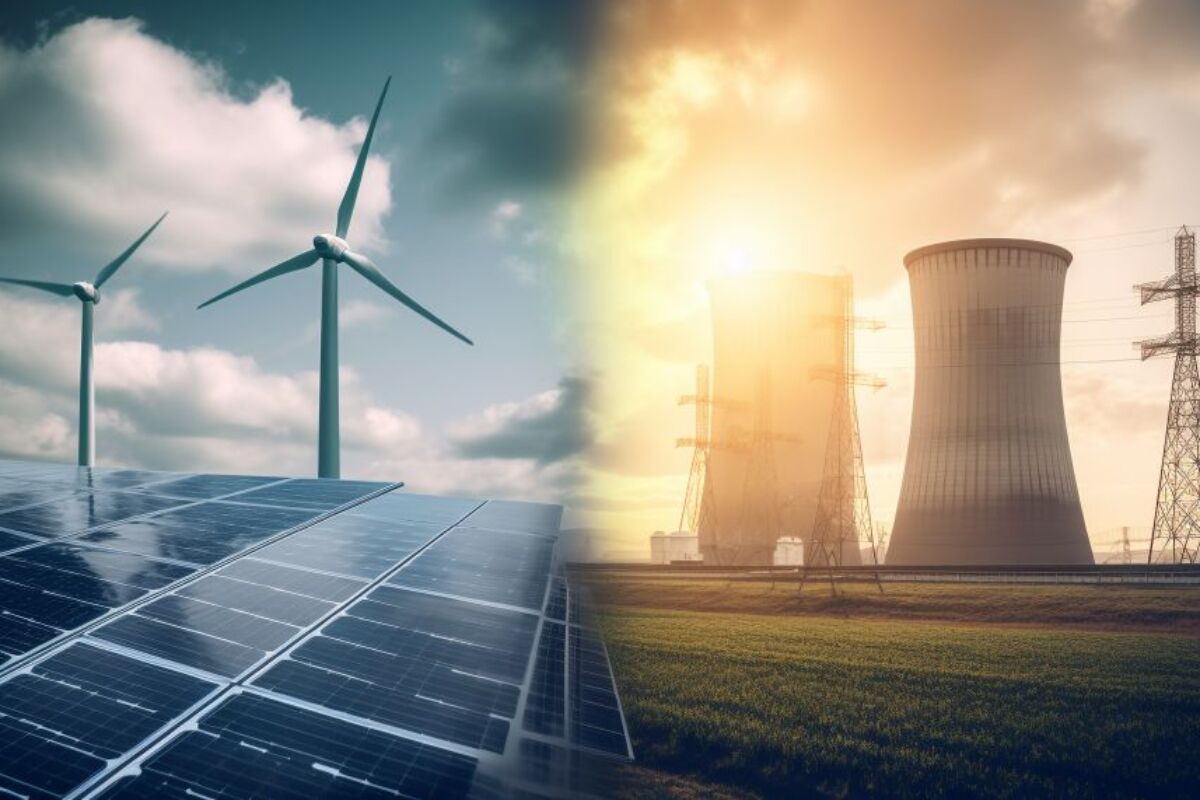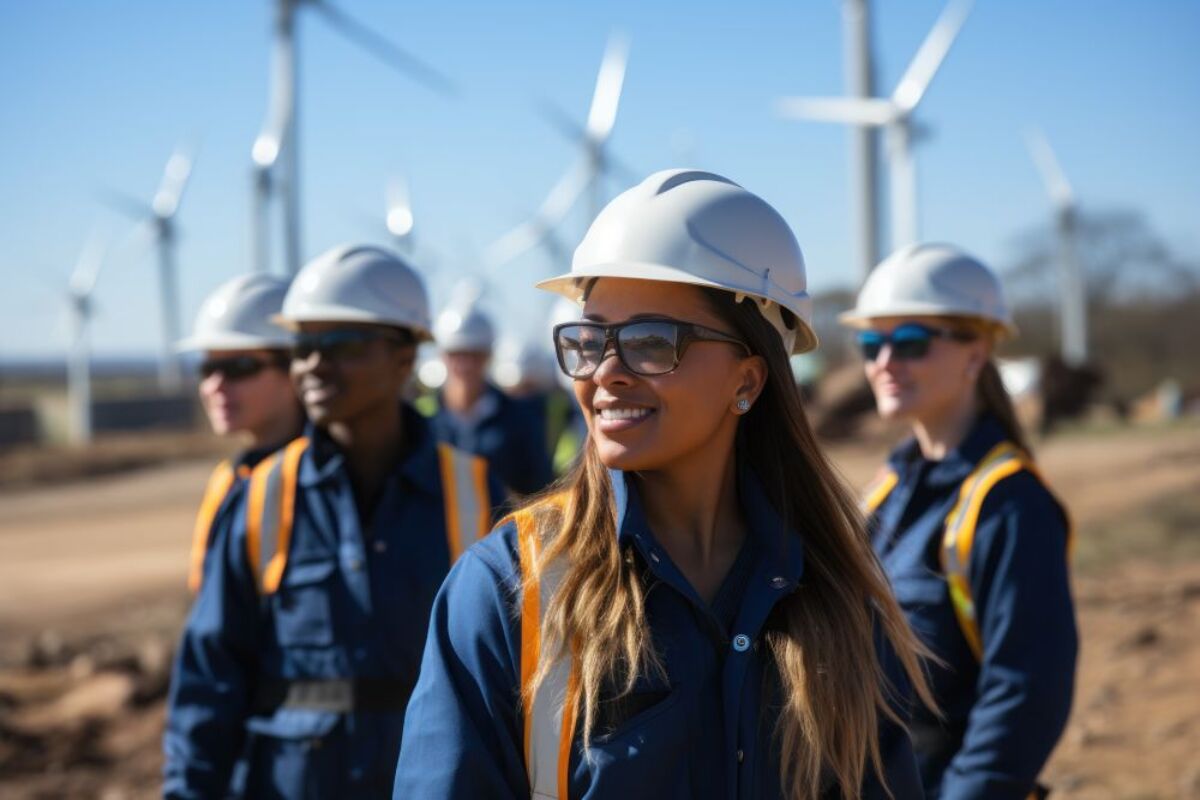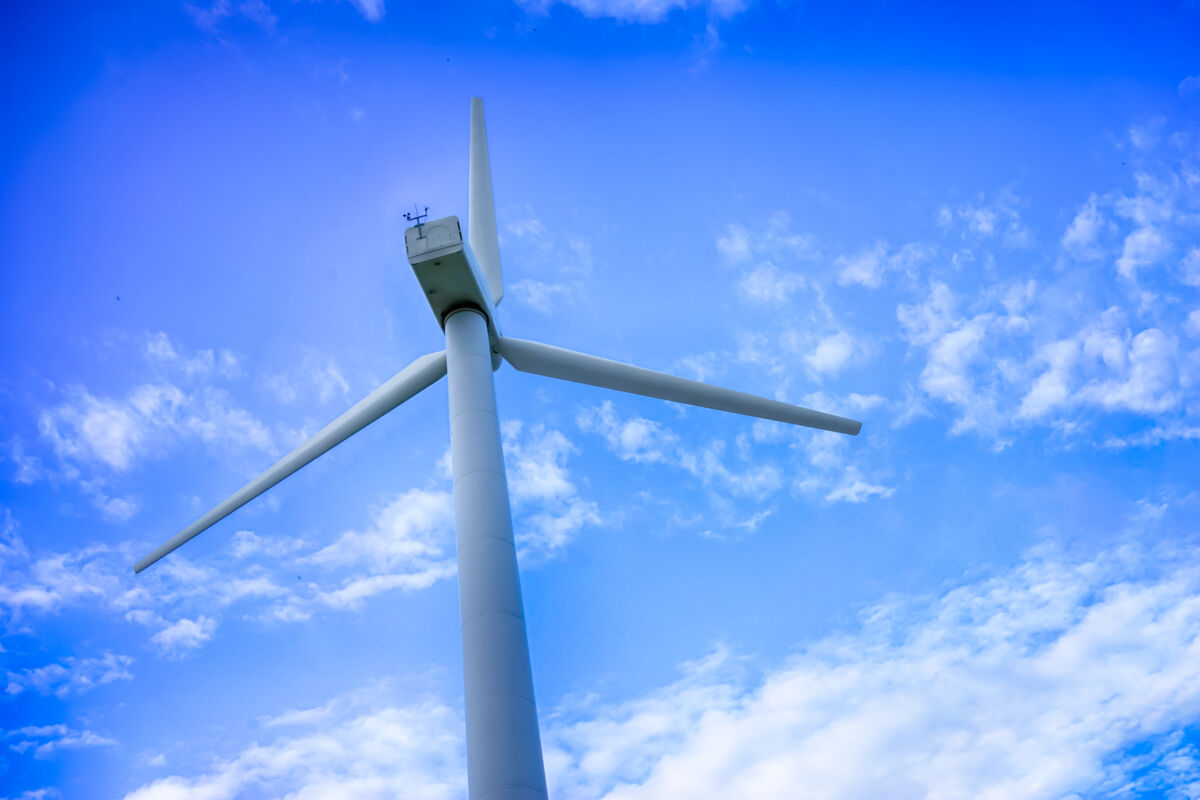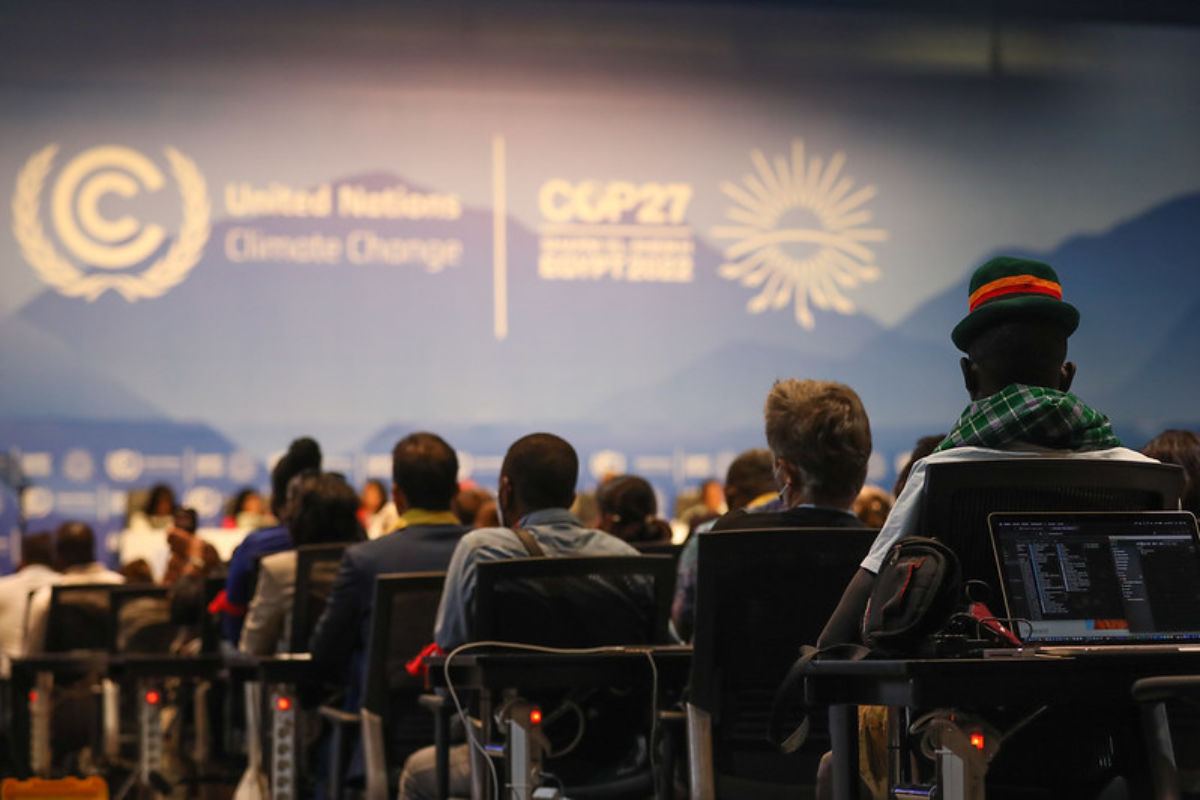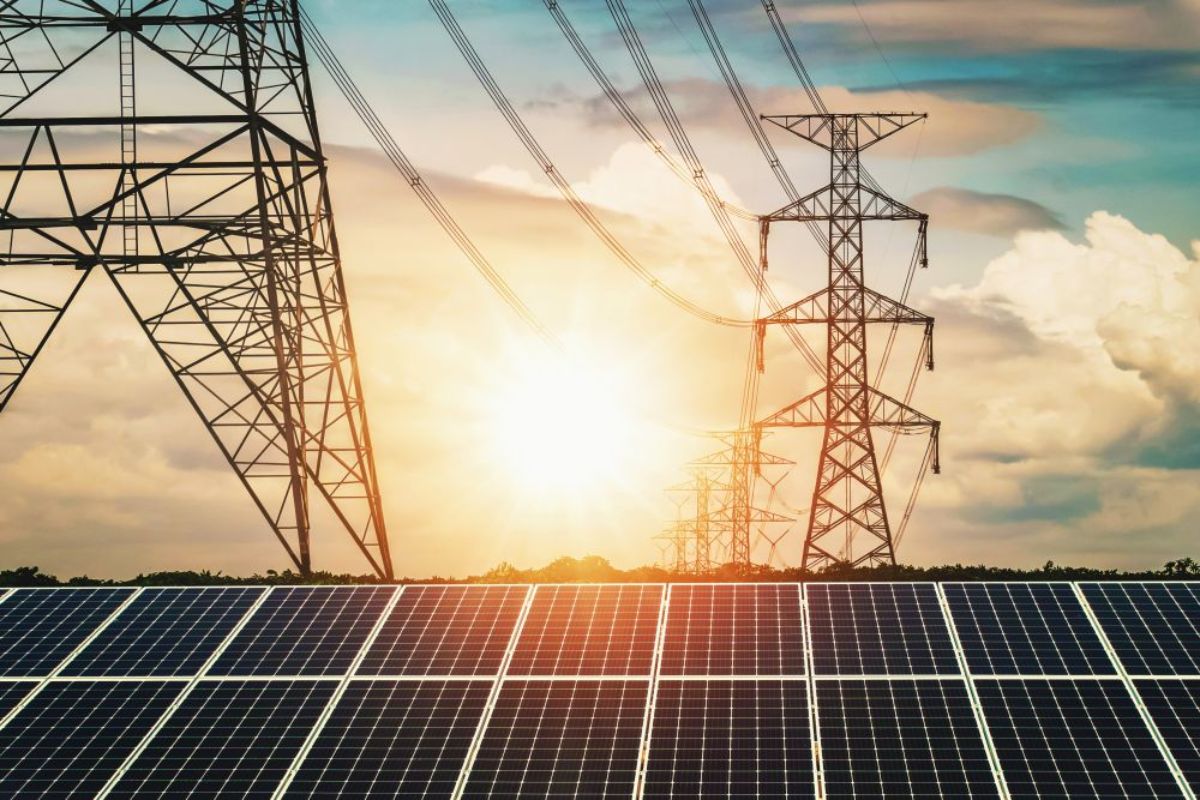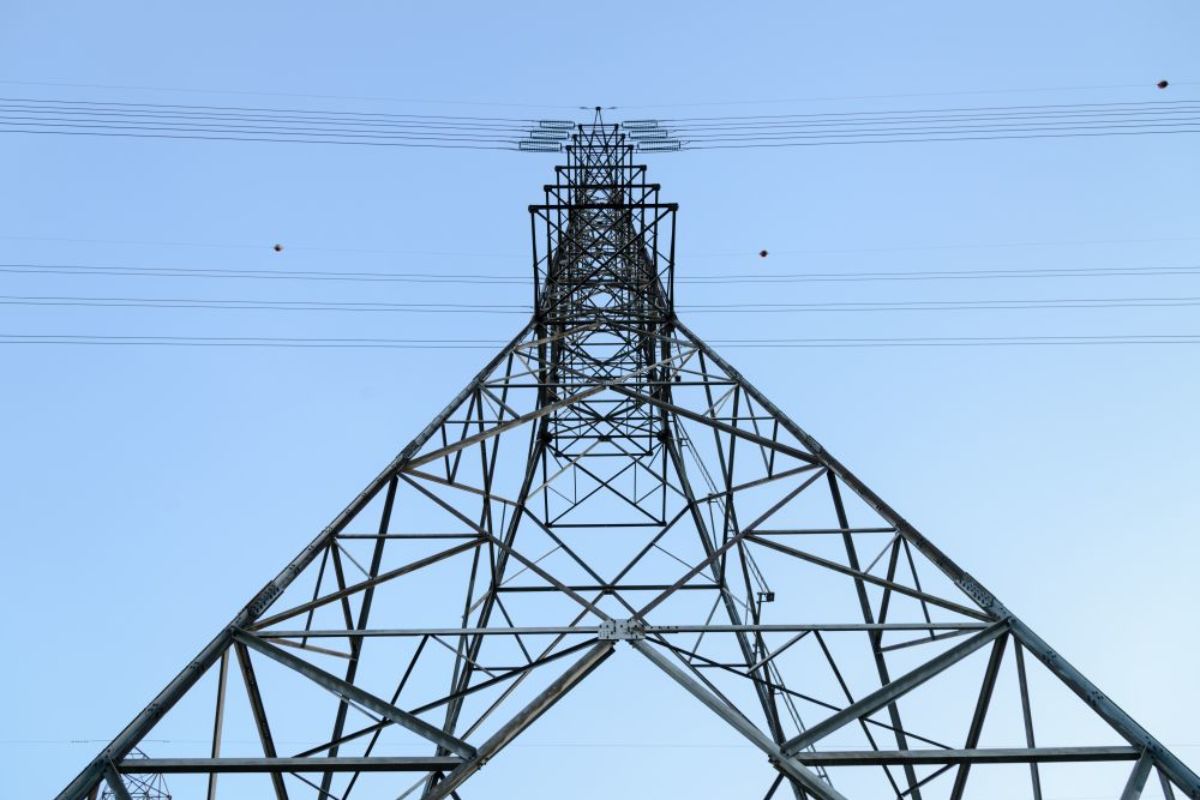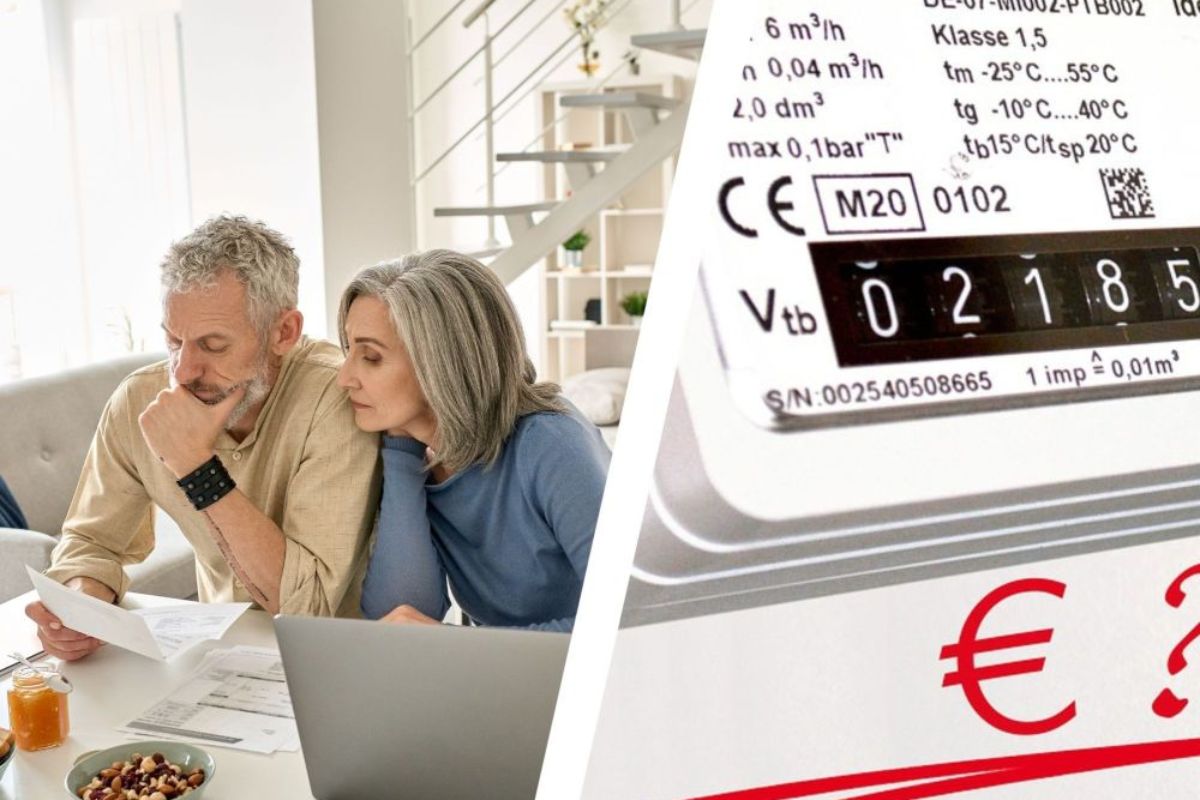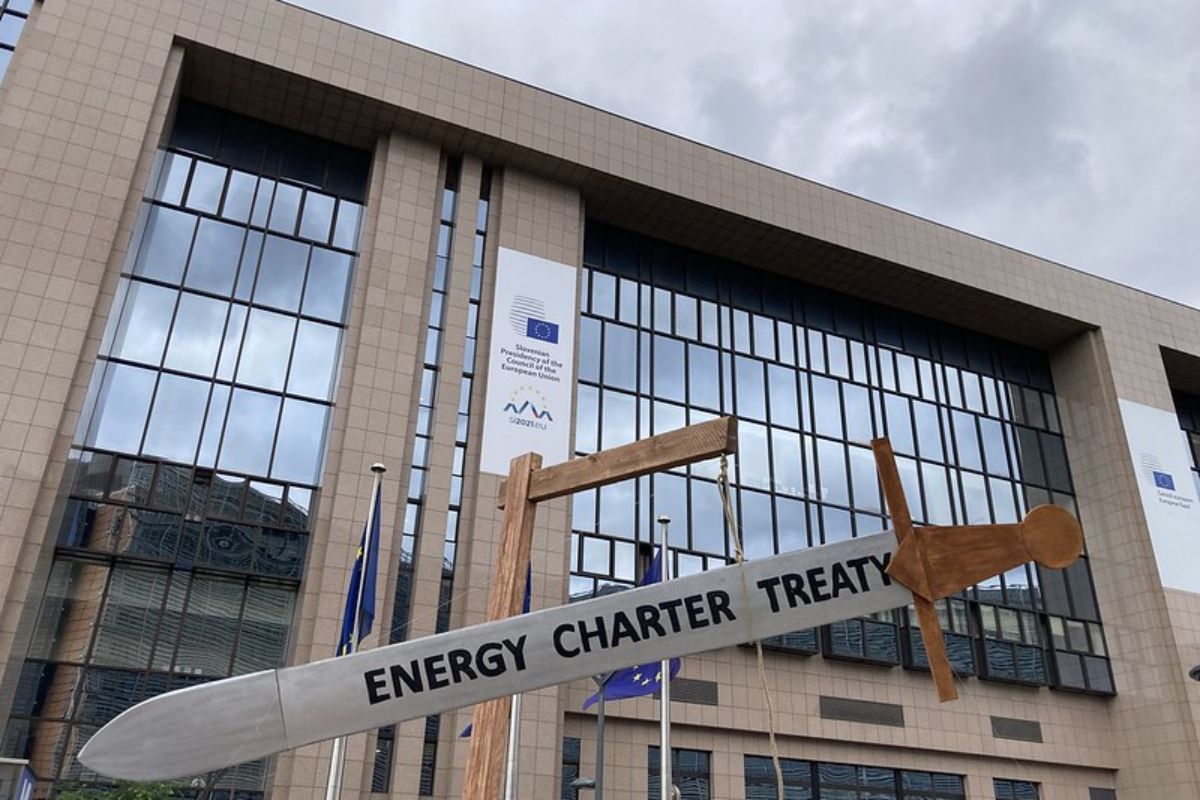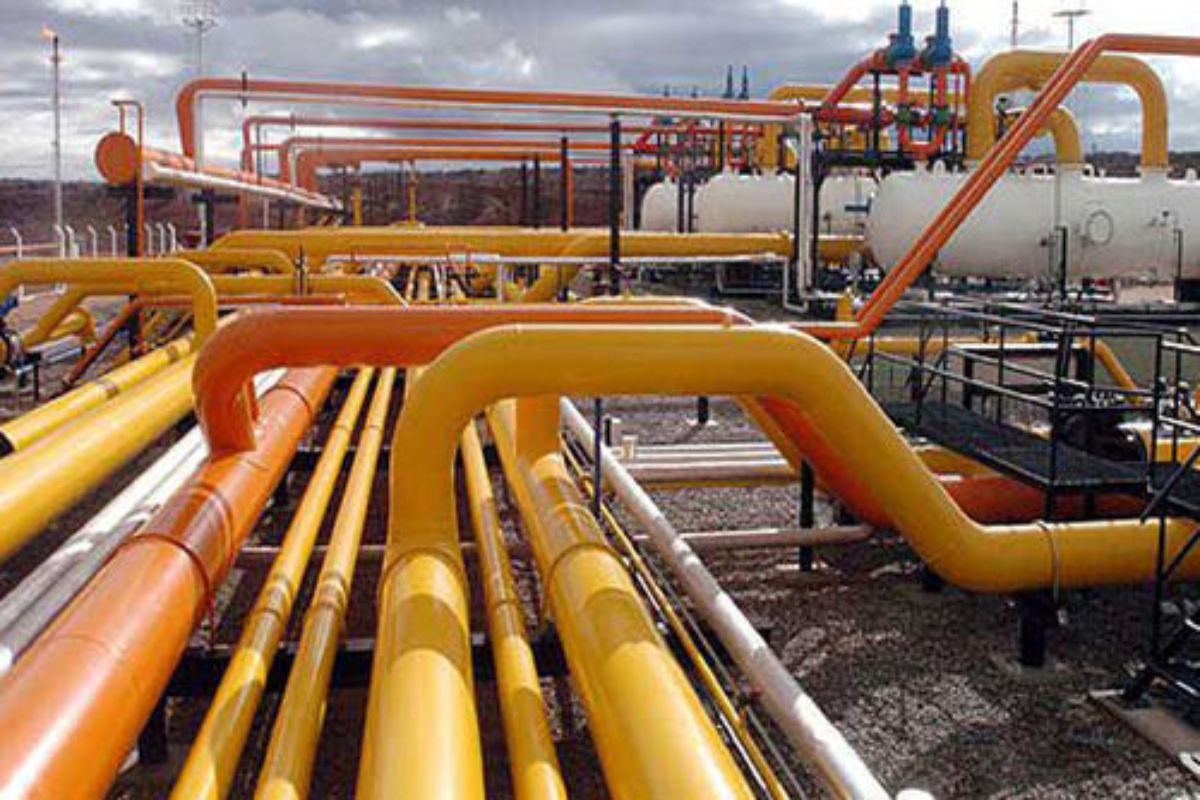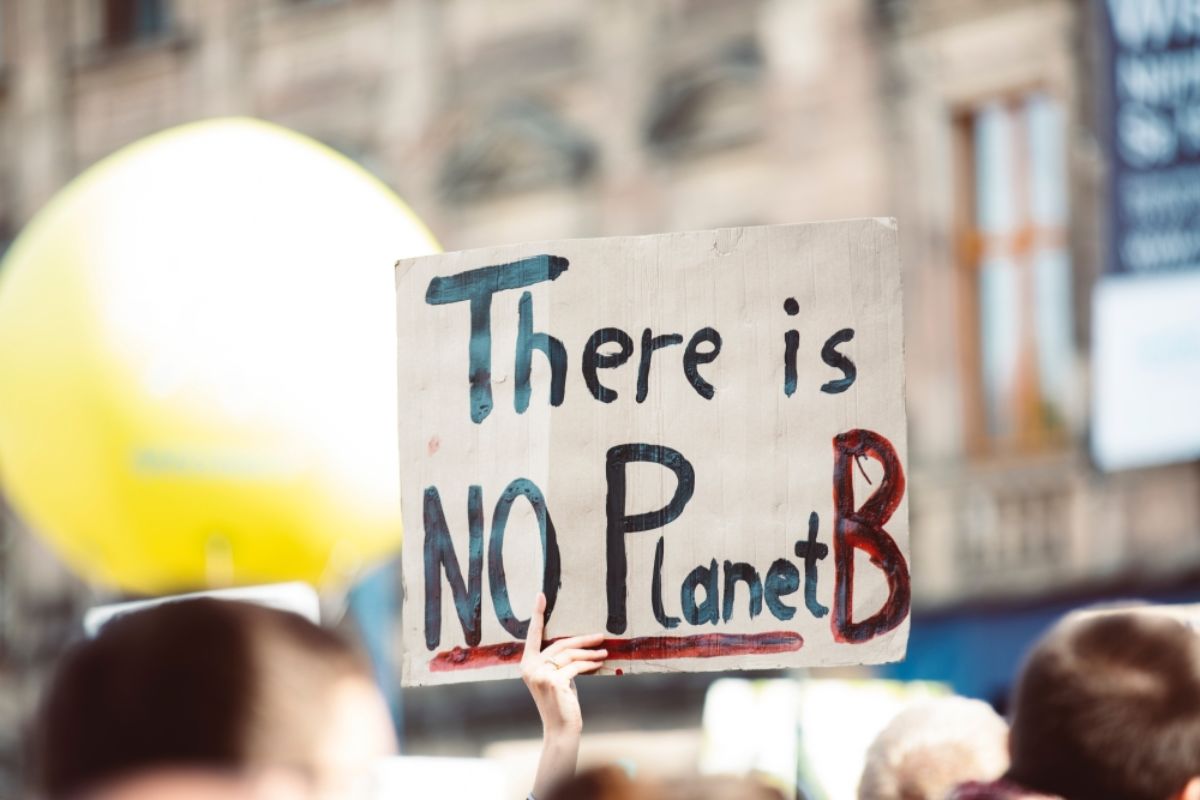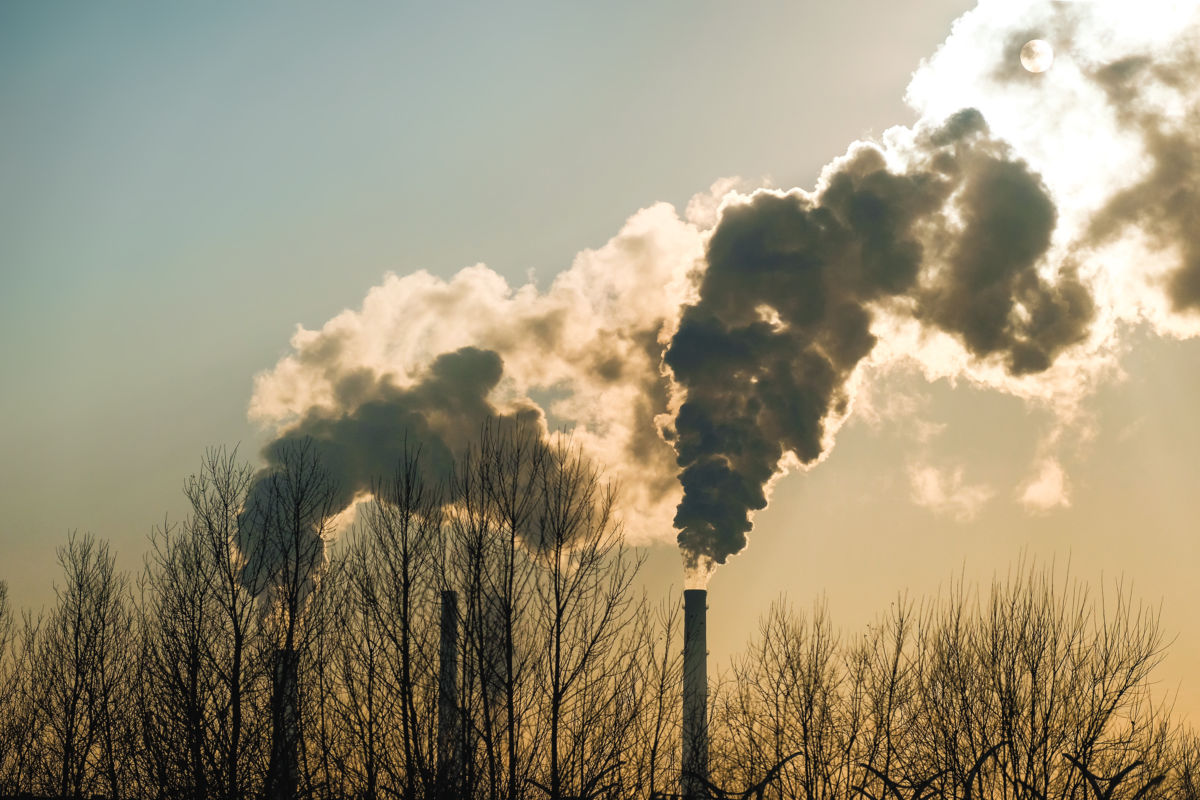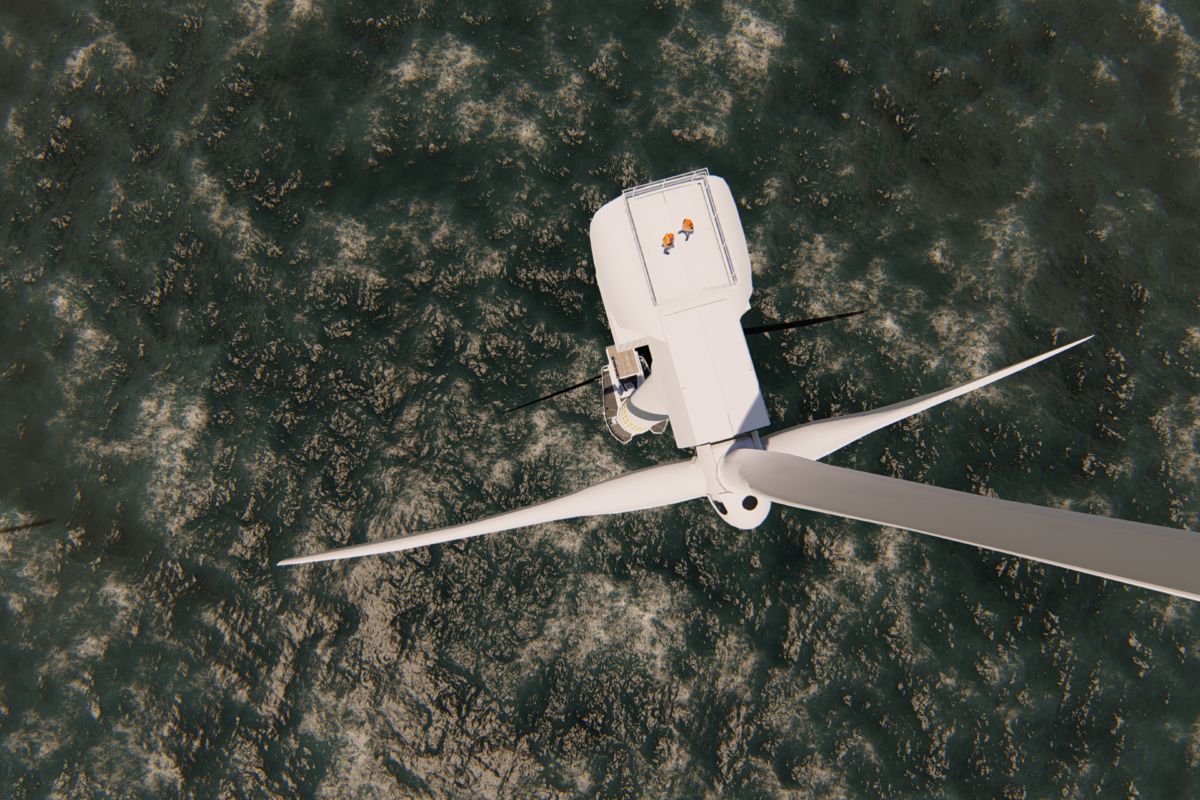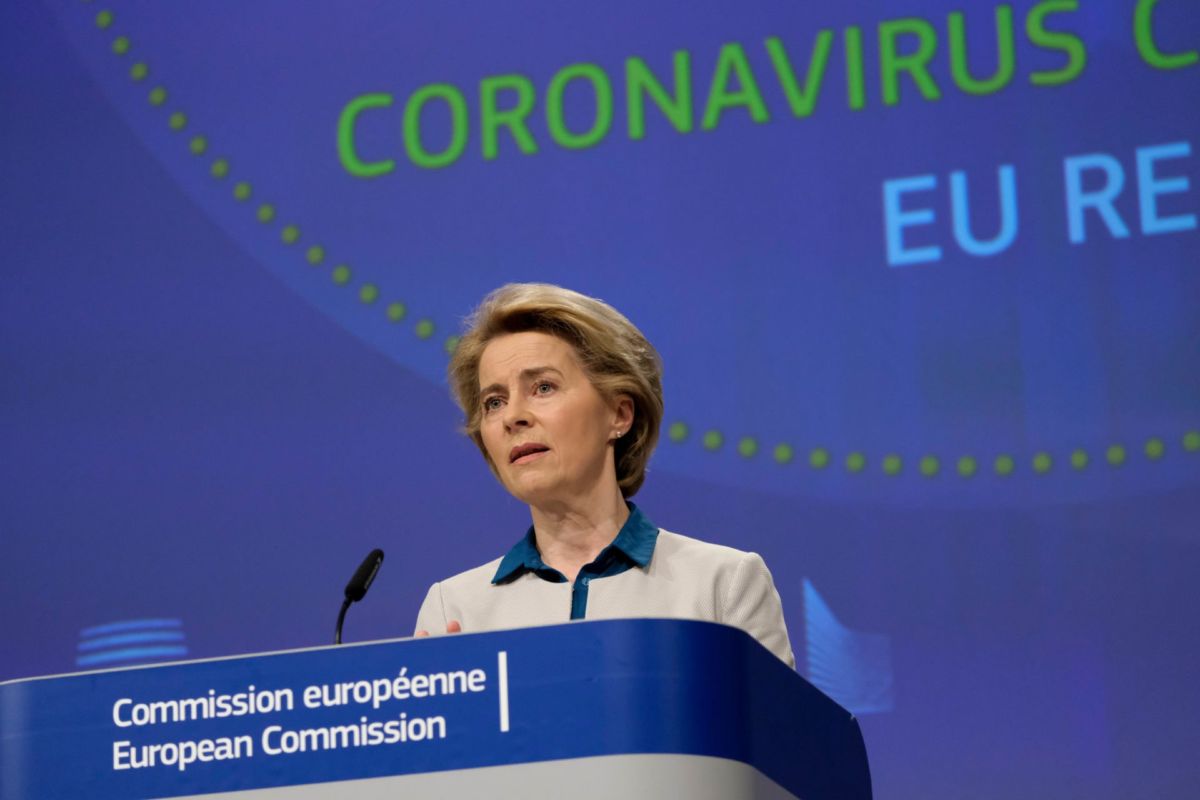Last October, the Intergovernmental Panel on Climate Change (IPCC) released a special report on global warming of 1.5°C. The conclusions are clear: we are already at 1°C, at the current pace we will reach 1.5°C probably well before 2050. The impacts of 2°C are significantly more severe than for 1.5°C, and several are practically irreversible, such as the almost complete disappearance of coral reefs. The good news though is that we can still limit warming to 1.5°C, but this requires fast action that is unprecedented in scale and needs to happen everywhere in the world.
In many of the pathways that limit warming to 1.5°C by 2100, capture of carbon dioxide capture from fossil-fuel or biomass-based installations and its long-term geological storage (carbon dioxide capture and storage or CCS) plays an important role. However, the IPCC also made the point that policymakers still have a choice. In one pathway, CCS is avoided altogether and essentially replaced by large changes in energy demand – in other words, behavioural rather than predominantly technological change. This is not to say that behavioural change is completely absent in pathways with much CCS. Such pathways would still require public acceptance and usually assume increase in efficiency and limited change in behaviour, but not to the same extent as the “low energy demand” pathway.
With the exception of this by now famous pathway, tens of other 1.5°C-consistent pathways indicate that hundreds of gigatonnes of CO2, possibly over a thousand, would be stored underground until 2100 (de Coninck et al., 2018: 326), and would have to be transported. All scenarios require some form of carbon dioxide removal, but except for bioenergy and carbon capture and storage (BECCS), and afforestation and reforestation, the models do not consider carbon dioxide removal options. Most scenarios favour BECCS. As coal is almost completely phased out in the electricity sector, there is not much CCS on coal-fired power plants. CCS is done almost exclusively on gas, on biomass and on industry, especially after 2050. The models opt for closing coal-fired power plants; even with CCS, coal-fired power plants are not attractive enough, based on the assumptions.
Carbon Capture and Use (CCU) has been not been discussed extensively in the IPCC report; integrated assessment models are not yet capable of modelling this. CCU discussions also tend to be confusing and complex. Under certain conditions, CCU can reduce emissions, in some cases it can even remove carbon dioxide from the atmosphere and generate ‘negative emissions’. In other cases, CCU does not reduce emissions at all. Most models do not have the sectoral granularity to model different industrial sectors; at best they include steel and cement as separate sectors. Material flows, and therefore CCU, which for instance includes CO2 that currently in the chemical industry is basically a feedstock flow, is not included in any of the modelled pathways in the SR1.5. The modelled pathways, generally, foresee hundreds of gigatonnes of CCS by 2100, on gas-fired power, in industry, and in combination with bioenergy.
This is the modelled, theoretical background to CCS and CCU. However, there are some hard realities that paint a different picture. Feasibility of power and industrial CCS was also assessed by the SR1.5. Although some promising research results are currently emerging, the literature reviewed for the SR1.5 did not suggest much cost reduction, especially not compared to other mitigation technologies like solar energy, wind energy, LEDs or batteries. It was also noted that economic feasibility over the past years did not improve much (Rubin et al., 2015). The literature documented social-cultural barriers, such as public acceptance and human capabilities, as well as institutional difficulties, and also observed mixed technological maturity, with some sectors having demonstrated CCS at scale in at least one plant, such as gas processing, coal-fired power and steel, and others still looking to implement their first demonstration, such as cement or steam crackers. The results of the feasibility assessment are summarised in Table 1.

In general, for CCS in both power and industry, there is mixed feasibility in almost all areas and low availability of literature in some. There are barriers but none of them seem prohibitive, although it depends on the context. The IPCC SR1.5 only looked at the global level. Without claiming to be comprehensive, and going beyond the SR1.5 results, here are some personal views that translate the SR1.5 results to the European situation.
First, the EU needs to develop its own version of CCS. There is no point in copying North America, which has many more projects. Europe does not have the same geology (affecting economic feasibility through Enhanced Oil Recovery), institutional arrangements or population densities. There are aspects on which cooperation makes sense, like R&D in capture technology and exchange of experiences in public engagement. It seems advantageous to work together to engage interested developing and emerging economies. But ultimately, Europe will need its own strategy where it differs.
Second, institutionally, countries and even industrial clusters may vary in their approaches. In the ERA-net ACT Acorn project discusses the feasibility of a CO2 Development Organisation (CDO) for CO2 transport, analogous to a Transmission System Operator (TSO) for transmission of electricity. This could be justified if CO2 transport were seen as a public good. A CDO would make sure that the CO2 is picked up from the CO2 source and delivered to the storage or utilisation location. Such publicly owned CDOs are subject to regulatory scrutiny, which could increase the social acceptance of CCS. Meshed CO2 grids have been researched before, for instance in the CO2Europipe project[1] (although the failure to ratify the London Amendment to the London Protocol turns out to be a barrier in the North Sea). If a European country is not developing a CDO by now, the credibility of its commitment to the Paris Agreement’s temperature limits is in question, unless it has other feasible plans for reducing CO2 emissions to zero or making them negative.
Third, it is not clear how CCS will be financed. The question is not so much about whether the business case for a project developer will be made, but which commercial or institutional investors would be interested in providing debt for CO2 capture, transport or storage projects. Similar to a TSO, would a CDO be able to issue green bonds? How can technical and political risks be limited?
More generally and fundamentally, there is a question of social acceptability related to CCS. Social acceptability relates to three levels: 1) public support for climate policy, 2) for CCS in general, and 3) for CO2 storage locally. The first is a question going beyond CCS, and on the latter, a lot has been written already (e.g., Arning et al., 2019; Ashworth et al., 2015; Seigo et al., 2014; Huijts et al., 2007). However, for CCS in general, we miss a narrative that is compelling to others than those who have a fairly deep understanding of energy and industrial systems in industrialised economies and do not believe that renewables can form the basis just yet. The argument “we need CCS because some sectors cannot decarbonise without and it is more cost-effective”, also part of the IPCC Fifth Assessment Report of 2014, has not worked for the last two decades. Why would it work now? It is also clear that the framing of an already-profitable industry profiting even more from public investments into CCS carries force in the public debate, and does not help the social acceptability of CCS.
In a recent workshop at CEPS and on other occasions, several alternative narratives were identified:
- CCS as an element in a ‘just transition’: CCS can keep current industries in place in their present forms longer, and can therefore help preserve jobs and prosperity in regions that would otherwise be hit hard by decarbonisation. Research by the Acorn project suggests that this seems to resonate in Scotland, but not in the Rotterdam area or in Norway (Swennenhuis et al., 2018). So, a ‘just transition’ framing might help CCS acceptability in some places but not in others. Social science research can help in shedding light on what works where.
- Low-carbon heating systems for households based on hydrogen – with CCS in the background to manufacture low-carbon hydrogen cost-effectively. As this is directly linked to household energy, people would see the lower costs in their own energy bills (compared to electric heating, geothermal heating or other options), which could increase the acceptance. It needs to be said that all CCS applications would be covered by this.
- Make sure that CCS is not seen as a competitor of renewable energy but as an option that will enhance or bridge to a fully renewable energy system. The hydrogen economy is a way to do this.
- Present CCS as waste processing, with the CO2 capture, transport and storage system as the sewage system or treatment plants. People are willing to pay to process their waste responsibly, so they should be willing to pay for CCS.
- Provide a positive framing, such as a “carbon-smart system” that combines CCS with other low-carbon technologies, or the New Carbon Economy which is being launched in the United States[2]. CCU also fits a positive framing of CCS. More broadly, the value of CCS beyond immediate CO2 reductions could be emphasised more.
Besides finance and institutional questions, one element of a CCS or CCU agenda for Europe would be to identify and further explore alternative narratives for CCS, and test them locally.
References
Arning, K., Offermann-van Heek, J.; Linzenich, A.; Kaetelhoen, A.; Sternberg, A., Bardow, A., Ziefle, M., 2019. Same or different? Insights on public perception and acceptance of carbon capture and storage or utilization in Germany. Energy Policy 125:235-249.
Ashworth, P., S. Wade, D. Reiner, and X. Liang, 2015: Developments in public communications on CCS. International Journal of Greenhouse Gas Control, 40, 449–458.
de Coninck, H., A. Revi, M. Babiker, P. Bertoldi, M. Buckeridge, A. Cartwright, W. Dong, J. Ford, S. Fuss, JC. Hourcade, D. Ley, R. Mechler, P. Newman, A. Revokatova, S. Schultz, L. Steg, T. Sugiyama, 2018, Strengthening and implementing the global response. In: Global warming of 1.5°C. An IPCC Special Report on the impacts of global warming of 1.5°C above pre-industrial levels and related global greenhouse gas emission pathways, in the context of strengthening the global response to the threat of climate change, sustainable development, and efforts to eradicate poverty [V. Masson-Delmotte, P. Zhai, H. O. Pörtner, D. Roberts, J. Skea, P.R. Shukla, A. Pirani, W. Moufouma-Okia, C. Péan, R. Pidcock, S. Connors, J. B. R. Matthews, Y. Chen, X. Zhou, M. I. Gomis, E. Lonnoy, T. Maycock, M. Tignor, T. Waterfield (eds.)]. In Press.
Huijts, N., Midden, Cees J. H.; Meijnders, Anneloes L., 2007. Social acceptance of carbon dioxide storage. Energy Policy 35(5):2780-2789
IPCC, 2018: Summary for Policymakers. In: Global Warming of 1.5°C. An IPCC Special Report on the impacts of global warming of 1.5°C above pre-industrial levels and related global greenhouse gas emission pathways, in the context of strengthening the global response to the threat of climate change, sustainable development, and efforts to eradicate poverty [Masson-Delmotte, V., P. Zhai, H.-O. Pörtner, D. Roberts, J. Skea, P.R. Shukla, A. Pirani, Moufouma-Okia, C. Péan, R. Pidcock, S. Connors, J.B.R. Matthews, Y. Chen, X. Zhou, M.I. Gomis, E. Lonnoy, Maycock, M. Tignor, and T. Waterfield (eds.)]. World Meteorological Organization, Geneva, Switzerland, 32 pp.
Rubin, E.S., J.E. Davison, and H.J. Herzog, 2015: The cost of CO2 capture and storage. International Journal of Greenhouse Gas Control, 40, 378–400, doi:10.1016/j.ijggc.2015.05.018.
Seigo, Selma L’Orange, Dohle, Simone; Siegrist, Michael, 2014. Public perception of carbon capture and storage (CCS): A review. Renewable and Sustainable Energy Reviews 38:848-863.
Swennenhuis, Floris, Leslie Mabon, Marko Maver, Heleen de Coninck, 2018. What role for CCS in delivering Just Transitions? An evaluation of the North Sea region. Paper for GHGT-14 conference, Melbourne, Australia. Accessible via https://az659834.vo.msecnd.net/
eventsairwesteuprod/production-ieaghg-public/ec88220c28504a4789b65a5a5e7d441d
Heleen de Coninck is an Associate Professor at the Department of Environmental Science at Radboud University. She has worked on climate and energy policy and on CCS since 2002, and was a Coordinating Lead Author in the IPCC Special Report on Global Warming of 1.5°C.
CEPS Commentaries offer concise, policy-oriented insights into topical issues in European affairs. As an institution, CEPS takes no official position on questions of EU policy. The views expressed are attributable only to the author in a personal capacity and not to any institution with which he is associated. © CEPS 2019?




